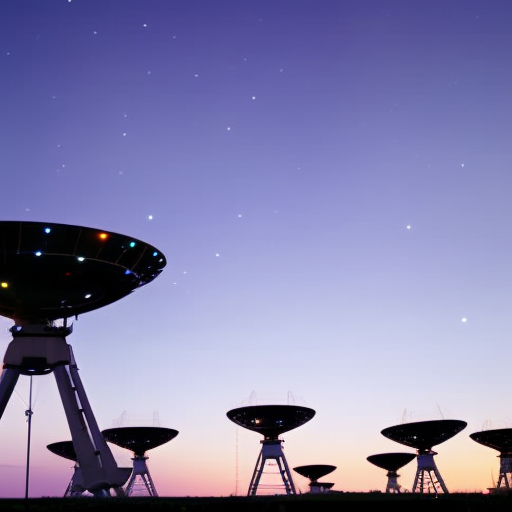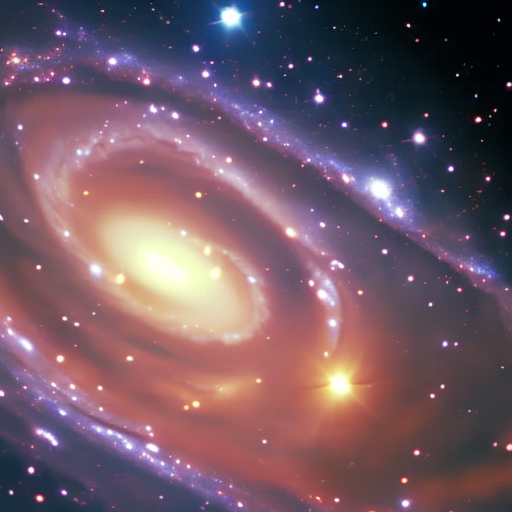Summary:
Radio astronomy is a branch of astronomy that involves the study of celestial objects using radio waves. It has revolutionized our understanding of the universe by allowing us to observe objects and phenomena that are invisible or difficult to detect using other wavelengths of light. Radio telescopes are used to detect and analyze the radio waves emitted by celestial objects, providing valuable insights into their composition, structure, and behavior. This field has led to significant discoveries, such as the detection of pulsars, cosmic microwave background radiation, and the confirmation of the Big Bang theory.
History of Radio Astronomy:
Radio astronomy began in the 1930s when Karl Jansky discovered radio waves coming from the Milky Way. This breakthrough led to the development of the first radio telescope by Grote Reber in the 1940s. Since then, radio astronomy has advanced rapidly with the development of more sensitive and sophisticated telescopes. The invention of the radio interferometer by Martin Ryle and Antony Hewish in the 1950s allowed astronomers to achieve higher resolution and image fainter objects.
Radio Telescopes:
Radio telescopes are large, dish-shaped antennas that collect and focus radio waves from space. They are typically made of metal mesh or solid panels and can range in size from a few meters to hundreds of meters in diameter. The collected radio waves are then amplified and analyzed by receivers and detectors. Radio telescopes can be single-dish instruments or part of an array of telescopes working together as an interferometer.
Applications of Radio Astronomy:
Radio astronomy has a wide range of applications. It is used to study various celestial objects and phenomena, including stars, galaxies, pulsars, quasars, and the cosmic microwave background radiation. By observing the radio emissions from these objects, astronomers can determine their composition, temperature, magnetic fields, and motion. Radio astronomy is also used to study the interstellar medium, the space between stars that contains gas, dust, and magnetic fields.
Major Discoveries:
Radio astronomy has led to several major discoveries. In 1965, Arno Penzias and Robert Wilson discovered the cosmic microwave background radiation, which provided strong evidence for the Big Bang theory. The discovery of pulsars by Jocelyn Bell Burnell in 1967 was another significant breakthrough. Pulsars are highly magnetized, rotating neutron stars that emit regular pulses of radio waves. They have provided valuable insights into the nature of matter under extreme conditions. Radio astronomy has also played a crucial role in the study of active galactic nuclei, black holes, and the large-scale structure of the universe.
Challenges and Future Directions:
Radio astronomy faces several challenges, including interference from human-made radio signals and atmospheric effects. Efforts are being made to mitigate these issues through the establishment of radio-quiet zones and the development of advanced signal processing techniques. The future of radio astronomy looks promising with the construction of large-scale projects such as the Square Kilometer Array (SKA). The SKA will be the world’s largest radio telescope, capable of producing images with unprecedented resolution and sensitivity. It will enable scientists to explore the early universe, search for extraterrestrial intelligence, and study the mysteries of dark matter and dark energy.
In conclusion, radio astronomy has revolutionized our understanding of the universe by allowing us to observe celestial objects and phenomena using radio waves. It has led to significant discoveries and continues to push the boundaries of our knowledge. With advancements in technology and the construction of new telescopes, the future of radio astronomy looks bright.












